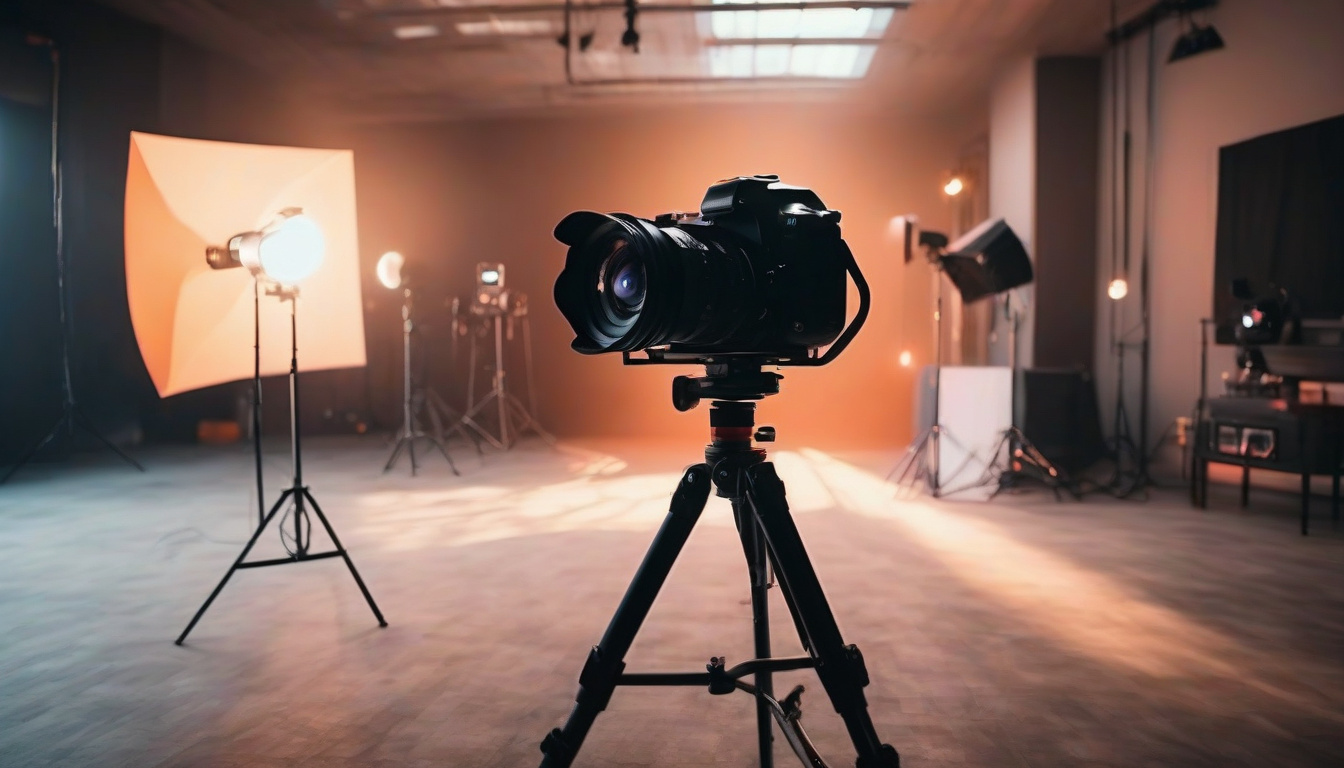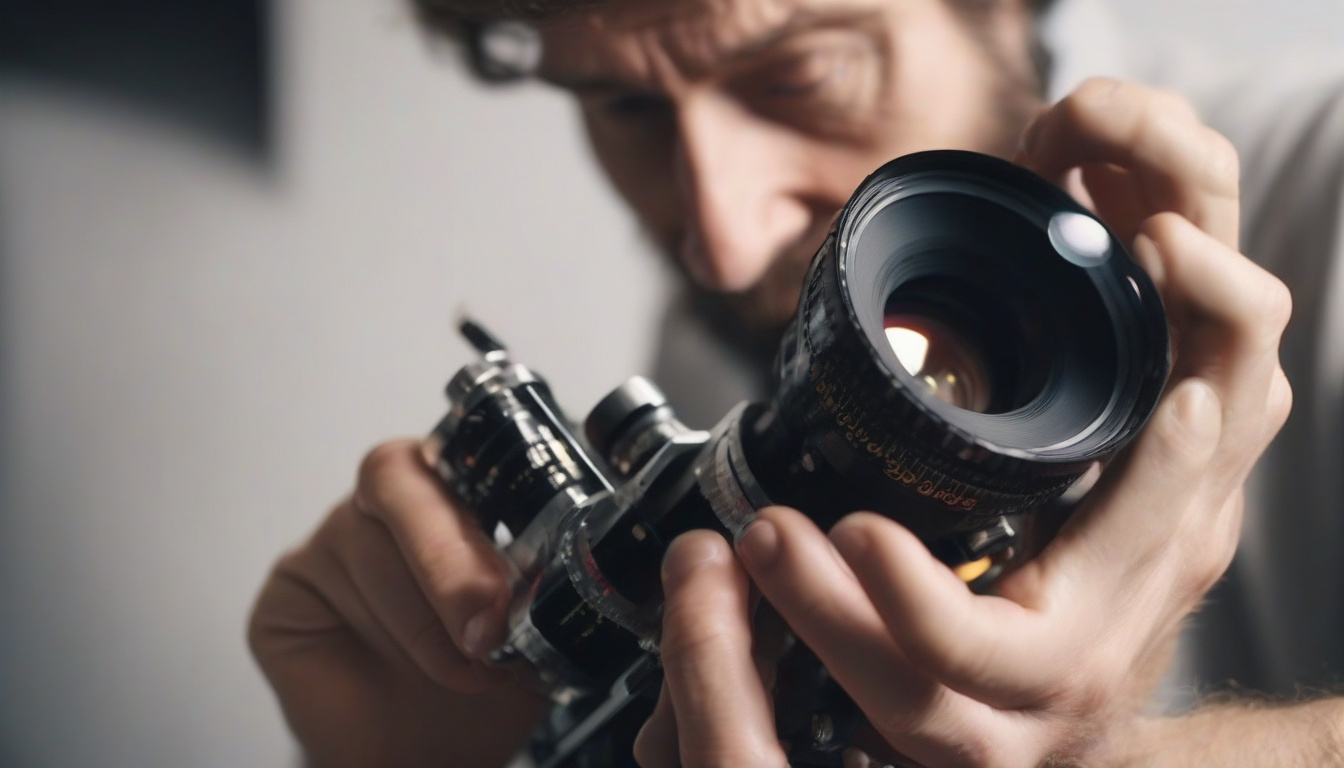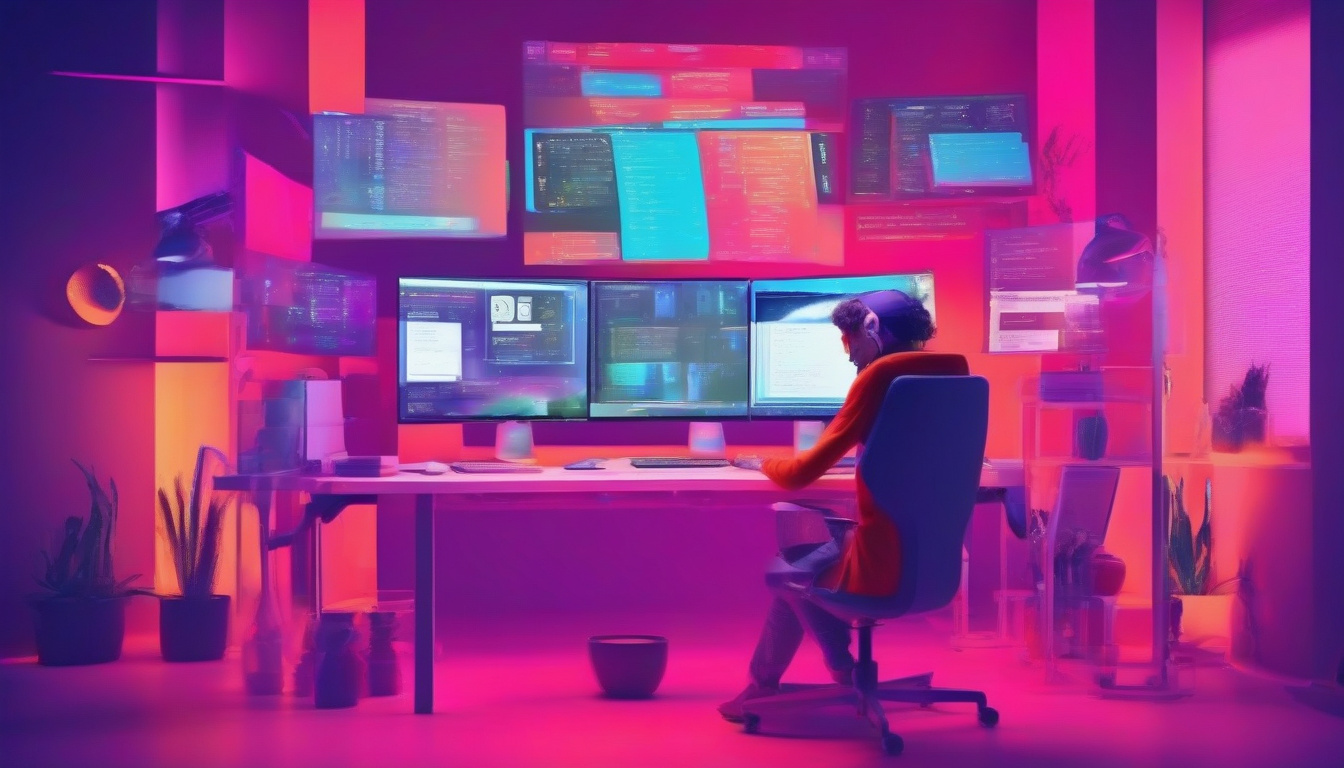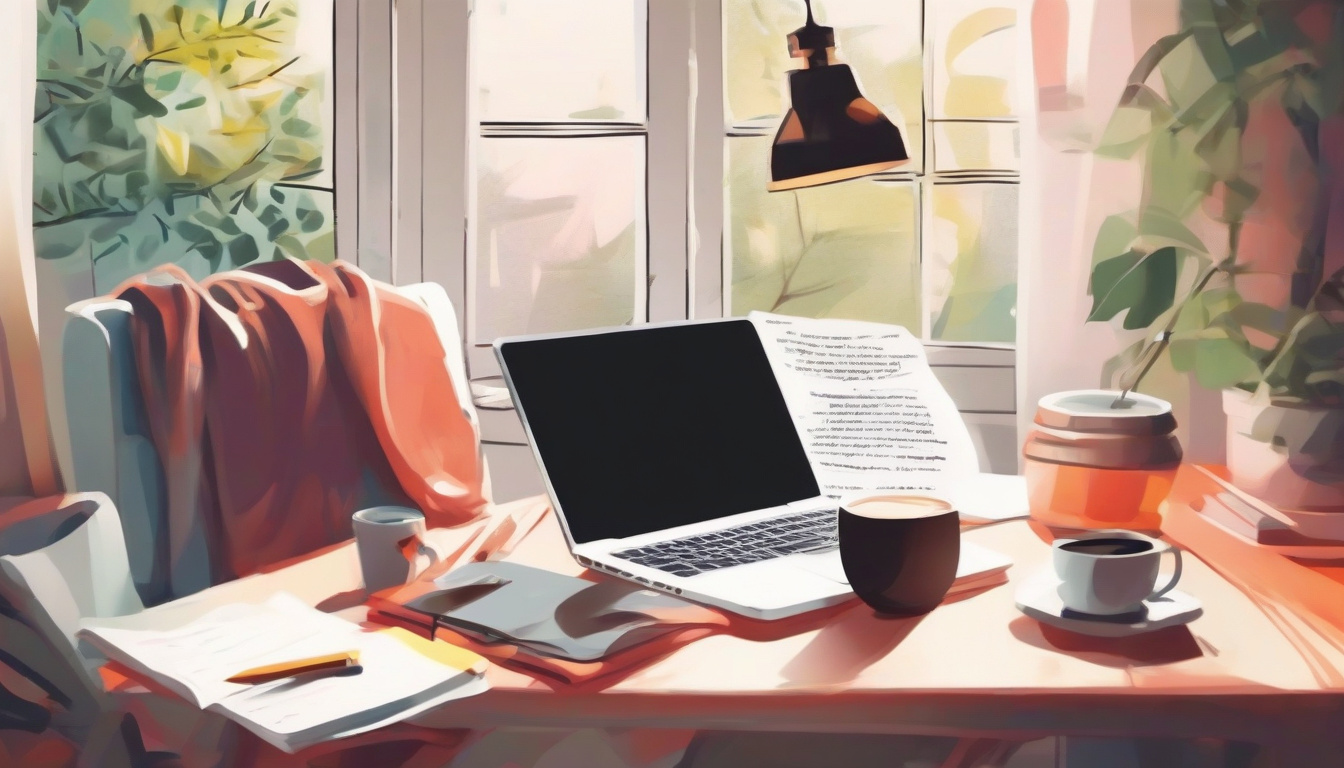
Film cinematography is the art and science of capturing visual storytelling through the camera lens. Whether you are an aspiring filmmaker, a student of visual arts, or a seasoned director of photography, mastering film cinematography is essential for creating compelling, breathtaking visuals that engage audiences and elevate narratives. This article dives deep into crucial techniques that every cinematographer should know to produce stunning imagery on screen.
Understanding Film Cinematography: The Basics
At its core, film cinematography encompasses the technical and creative aspects of shooting movies. It involves the manipulation of lighting, composition, camera movement, lens choices, and color to convey mood, atmosphere, and story. The filmmaker’s vision is realized through the collaboration between the director and the cinematographer—also known as the director of photography (DP).
Why Film Cinematography Matters
Film cinematography is more than just pointing a camera and pressing record. It shapes how an audience perceives emotions, environments, and characters. Good cinematography guides viewers’ eyes, affects their subconscious reactions, and enhances the storytelling experience. Every decision—be it the time of day for shooting or the angle of a shot—contributes directly to the narrative’s impact.
Essential Techniques in Film Cinematography
Mastering film cinematography requires both practical skills and an artistic eye. Below are some fundamental techniques that create stunning visuals.
1. Mastering Lighting for Mood and Depth
Lighting is arguably the most important element in cinematography. It helps model the characters and set, creating dimensionality and mood.
- Natural Light vs. Artificial Light: While natural sunlight can be beautiful, controlled artificial lighting allows a cinematographer to craft specific moods and direct audience focus.
- Three-Point Lighting: This classic technique uses a key light, fill light, and backlight to sculpt the subject, reducing harsh shadows and creating a pleasing image.
- Low-Key and High-Key Lighting: Low-key lighting uses strong contrasts and shadows for dramatic scenes, while high-key lighting produces soft shadows and a brighter, more neutral look.
- Using Color Temperature: Balancing warm and cool light tones can evoke different emotions and reinforce the film’s atmosphere.
2. Composition: Framing the Story
How a shot is composed is crucial to storytelling through film cinematography. Composition refers to how subjects and elements are arranged within the frame.

- Rule of Thirds: Dividing the frame into thirds horizontally and vertically helps place key elements on intersecting points, creating balanced and engaging images.
- Leading Lines: Lines that draw the viewer’s eye into the frame help direct attention and create depth.
- Depth of Field: Utilizing shallow focus can isolate subjects, while deep focus keeps multiple elements crisp, allowing complex scenes to unfold visually.
- Headroom and Look Room: Proper spacing around characters’ faces ensures natural compositions and comfortable viewing.
3. Camera Movement: Adding Dynamism and Emotion
Static shots can be powerful, but controlled camera movement enhances storytelling by adding energy, tension, or intimacy.
- Tracking and Dolly Shots: Moving the camera smoothly through space follows characters or reveals environments dynamically.
- Panning and Tilting: Horizontal or vertical rotation reveals scenes gradually or follows subjects.
- Handheld Shots: Introduce a visceral, gritty feel to scenes, often used to heighten realism or tension.
- Steadicam and Gimbal: These stabilize movements to combine smoothness with mobility, enabling complex sequences without shakiness.
4. Lens Selection: Shaping Perspective and Focus
Choosing the right lens is vital in film cinematography, influencing how a scene feels and what the audience notices.
- Wide-Angle Lenses: Capture broader scenes, exaggerate perspective, and can make spaces feel larger.
- Standard Lenses: Mimic natural human vision, ideal for general scenes.
- Telephoto Lenses: Compress distance, isolate subjects, and allow shooting from afar without losing detail.
- Prime vs. Zoom Lenses: Primes generally have sharper images and wider apertures, while zooms offer flexibility during shooting.
5. Color Grading and Filters: Enhancing Visual Tone
Post-production color grading refines the film’s look. However, the cinematographer’s decisions on set, including the use of physical filters, can influence the final color palette.
- Filters: ND (Neutral Density) filters reduce light without affecting color, useful for wide apertures in daylight.
- Color Filters: These can subtly color the light to adjust skin tones or create atmospheres.
- Color Grading: In post, colors can be manipulated to unify scenes, heighten mood, or create stylistic effects. For example, teal and orange are frequently used complementary tones in blockbuster films to boost visual interest.
Practical Tips for Aspiring Cinematographers
If you’re looking to master film cinematography, consider these actionable tips:
- Study the Masters: Analyze the work of legendary cinematographers like Roger Deakins, Emmanuel Lubezki, and Gordon Willis. Note their lighting, composition, and movement choices.
- Practice Camera Handling: Experiment with different lenses, lighting setups, and movements. Hands-on experience is invaluable.
- Read Technical Manuals: Understand camera systems, exposure settings, and lens characteristics.
- Collaborate: Work closely with directors, art directors, and gaffers to integrate all visual aspects cohesively.
- Keep Learning: Technology and techniques evolve, so stay updated through workshops, online tutorials, and film productions.
Bulleted Summary of Essential Film Cinematography Techniques
- Master lighting techniques: three-point, low-key, high-key, and color temperature balance.
- Use composition wisely: rule of thirds, leading lines, depth of field, and proper framing.
- Employ thoughtful camera movements: tracking, panning, handheld, and stabilized shots.
- Choose lenses based on scene needs: wide-angle, standard, telephoto, prime, and zoom.
- Consider filters and color grading for mood and consistency.
Frequently Asked Questions (FAQs)
What is film cinematography in simple terms?
Film cinematography is the process of capturing moving images on camera to tell a story visually. It involves lighting, camera work, lens choices, and composition to create an emotional and aesthetic impact.
How can I improve my film cinematography skills?
To improve, practice shooting regularly, study movies and cinematographers, learn lighting setups, experiment with camera movements, and get comfortable using different lenses and settings.
What equipment is essential for film cinematography?
Key equipment includes a professional camera, a variety of lenses, lighting kits (e.g., key light, fill light, backlight), stabilization tools (like steadicams or gimbals), and color filters. Post-production software for editing and color grading is also critical.
Conclusion: Elevate Your Visual Storytelling Through Film Cinematography
Mastering film cinematography is a journey that combines technical knowledge with creative intuition. By understanding the essential techniques—lighting, composition, camera movement, lens selection, and color grading—you position yourself to craft stunning, memorable visuals that resonate with audiences. Whether working on a short film, commercial, or feature, your films’ visual strength depends heavily on cinematography. Dive into the art and science of cinematography, practice consistently, and watch your storytelling reach new heights.
Ready to transform your filmmaking? Equip yourself with the right skills and tools today, and start creating visuals that captivate and inspire. Explore more expert resources and tutorials on cinematography from leading organizations like the American Society of Cinematographers (ASC) to deepen your mastery and stay ahead in the craft.
Take the first step now—unlock the power of film cinematography and turn your stories into stunning visual experiences!






